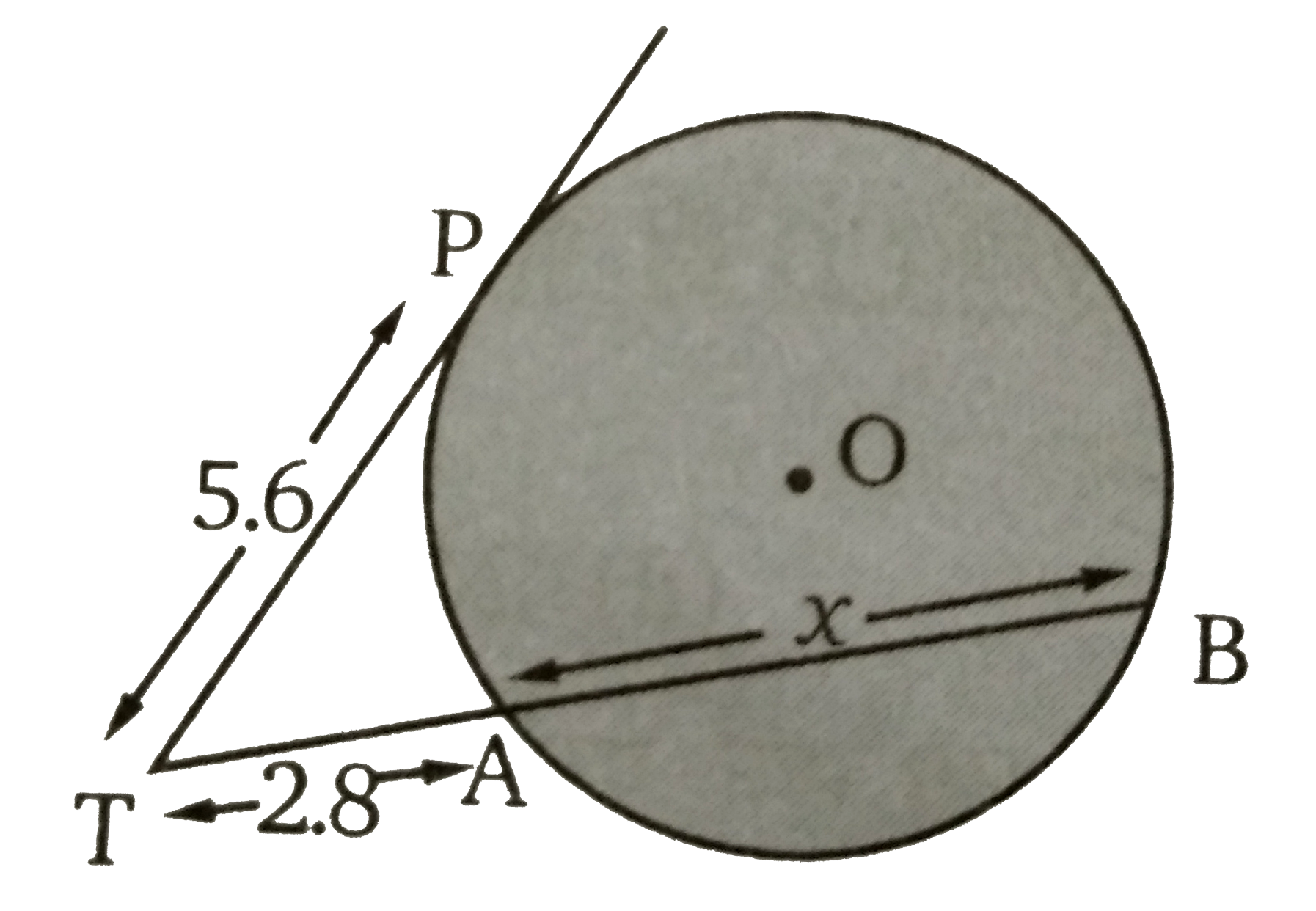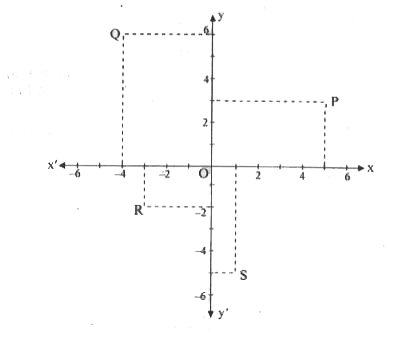यदि p व q धनात्मक पूर्णांक इस प्रकार है कि जहाँ p व q अभाज्य संख्याऐं हैं । तब LCM (p, q) का मान ज्ञात कीजिए ।
The correct Answer is:
Step by step video, text & image solution for यदि p व q धनात्मक पूर्णांक इस प्रकार है कि p = ab^(2), q = a^(2) b जहाँ p व q अभाज्य संख्याऐं हैं । तब LCM (p, q) का मान ज्ञात कीजिए । by Maths experts to help you in doubts & scoring excellent marks in Class 10 exams.
Updated on:21/07/2023Topper's Solved these Questions
- वास्तविक संख्याऐंBOOK - BALAJI PUBLICATIONCHAPTER - वास्तविक संख्याऐंEXERCISE - लघु उत्तरीय प्रश्न
22 Videos
- वास्तविक संख्याऐंBOOK - BALAJI PUBLICATIONCHAPTER - वास्तविक संख्याऐंEXERCISE - दीर्घ उत्तरीय प्रश्न
13 Videos
- वास्तविक संख्याऐंBOOK - BALAJI PUBLICATIONCHAPTER - वास्तविक संख्याऐंEXERCISE - विविध उदाहरण
9 Videos
- रचनाऐBOOK - BALAJI PUBLICATIONCHAPTER - रचनाऐEXERCISE - स्वमूल्यांकन परिक्षण
2 Videos
- वृत्त BOOK - BALAJI PUBLICATIONCHAPTER - वृत्त EXERCISE - स्वमूल्यांकन परीक्षण
15 Videos
Similar Questions
वह संख्या ज्ञात कीजिए जिसको 61 से विभाजित करने पर भागफल 27 तथा शेषफल 32 आता है ।
View Solutionवह महत्तम संख्या ज्ञात कीजिए जिससे 546 तथा 764 को भाग देने पर शेषफल क्रमश: 6 तथा 8 प्राप्त होते हैं ।
View Solutionपूर्णांक a व 3 के लिए, अद्वितीय पूर्णांक q व r का अस्तित्व इस प्रकार है की a = 3q + r, तब r के संभावित मान ज्ञात कीजिए ।
View Solution5.6 सेमी का रेखाखण्ड खींचकर उसे 5:8 के अनुपात में अन्तः विभक्त कीजिए
View Solutionदिये गये चित्र में TAB, O केंद्र वाले वृत्त की छेदक रेखा है तथा वृत्त के बिन्दु P पर TP एक स्पर्शी है। यदि TP = 5.6 सेमी तथा TA = 2.8 सेमी हो तब जीवा AB की माप ज्ञात कीजिए ।

View Solutionयदि दो धनात्मक पूर्णांकों p और q को p=ab2 और q=a3b के रूप में व्यक्त किया जाए, जहाँ a और b अभाज्य संख्याएँ हैं, तो LCM (p, q) है :
View Solutionदिए गये आकृति से बिन्दुओ P, Q, R व S के निर्देशांक ज्ञात कीजिए -

View Solutionयदि दो धनात्मक पूर्णांकों p और q को p=ab2 और q=a3b के रूप में व्यक्त किया जाए, जहाँ a और b अभाज्य संख्याएँ हैं, तो LCM (p, q) है :
View Solutionयदि समीकरण x2+x+1=0 के मूल a,b हैं तथा x2+px+q=0 के मूल हैं, ab,ba तो p+q का मान है
View SolutionP∗q=p2−q2
p$q=p2−q2
p$q=p2+q2
p∘q=pq+p+q
pΔq = Remainder of pq
p © q = greatest integer less than or equal to pq.
If p=8andq=10 , then the value of [(p$q)Δ(p∘q)]∗[(q∗p)∘(q©p)] is :
View SolutionP∗q=p2−q2
p$q=p2+q2
p∘q=pq+p+q
pΔq = Remainder of pq
p©q = greatest integer less than or equal to pq.
If p=15andq=25, then the value of the expression [(q∗p)∘(p$q)] is:
View SolutionIf two positive integers p and q can be expressed as p=ab2 and q=a3b ; a, b being prime numbers, then LCM(p, q) is
View SolutionTwo positive integers p and q can be expressed as p = ab2 and q = a3b, a and b being prime numbers. LCM of p and q is :
View SolutionIf two positive integers p and q can be expressed as p = ab^2 and q = a^3b , a , b being prime numbers, then LCM (p, q) is
View SolutionP∗q=p2−q2
p%q=p2−q2
p$q=p2+q2
p∘q=pq+p+q
pΔq = Remainder of pq
p©q = greatest integer less than or equal to pq.
If p=11andq=7 , then the value of (p∗q)∘(p$q) is:
View SolutionIf p and q are positive integers such that p=ab2 and q=a3b,where a,b are prime numbers then LCM (p,q) is
View Solution
